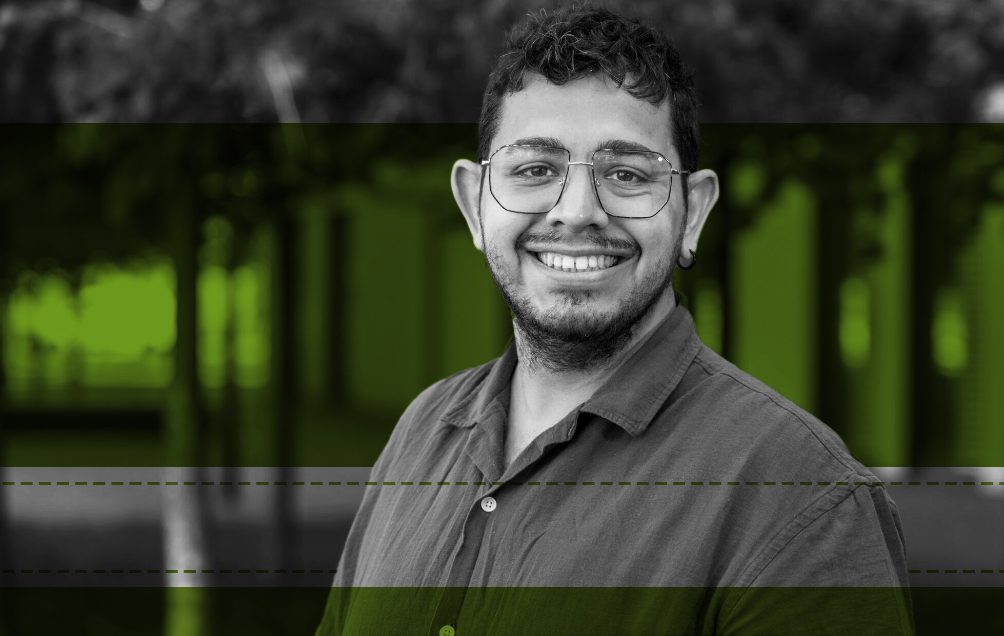12 October 2018 – Plants are increasingly put under stress, for example by environmental challenges such as global warming and pollution. Helping them to meet these challenges is a global imperative, and to this end, Pramod Sivan, a young investigator at the Rubber Research Institute of India in Kerala, is interested in the mechanisms by which plant cell walls resist stress.
An intensified working relationship
Sivan’s work, on the role of the cell-wall polymer lignin in conferring mechanical strength and aiding resistance to stress, uses tobacco plants as a model organism. Over the past six years, he has had a lot of advice on his project from Ewa Mellerowicz of the Swedish University of Agricultural Sciences in Umeå. So when Mellerowicz suggested he applied for an EMBO Short-Term Fellowship to come to Umeå for three months, Sivan jumped at the chance. “The Umeå lab has facilities like high-resolution electron microscopy that aren’t available in my home institute,” he says, “and the opportunity to learn a whole new set of techniques in such an environment was irresistible.”
Any apprehension about spending time so far from home vanished almost as soon as Sivan arrived in Sweden. His plane from Stockholm to Umeå had been cancelled, but a friendly local helped him sort out what to do next. And his flatmates in the apartment he shared were lovely: “They found out it was my birthday just after I arrived and surprised me with a nice celebration,” he says. “I felt like a family member by the time I left.”
Sivan’s project in Umeå used transgenic aspen plants to see how changes in cell wall composition affect the biosynthesis of the cuticle, the hydrophobic layer that protects the external organs of all vascular land plants. Mutation of the enzyme pectate lyase, which degrades the cell wall component pectin, unexpectedly turned out to have profound effects on cuticle formation during later stages of cell wall maturation. “I’m hoping to return to Umeå to carry on the collaboration,” says Sivan, “as it’s a very interesting idea that pectin and other polymers are so heavily involved in cuticle development.”
Experiencing another lab culture
As well as a successful scientific stay, Sivan had a valuable insight into the workings of a different lab. He particularly liked the communality: “People were trained really well on the equipment, and could move freely between different labs to access the facilities – you just had to book in advance,” he reflects. “The centralized lab functions and their accessibility make it different from my home institute facilities.”
This visit was a great opportunity to learn many positive things both personally and professionally and it will definitely help in making better future plans.
Pramod Sivan, Young investigator at the Rubber Research Institute of India in Kerala
The flat hierarchy was also appealing: “Everyone’s opinion was listened to, irrespective of who they were, and weight was given to knowledge, not position,” Sivan says. “This visit was a great opportunity to learn many positive things both personally and professionally and it will definitely help in making better future plans.”



